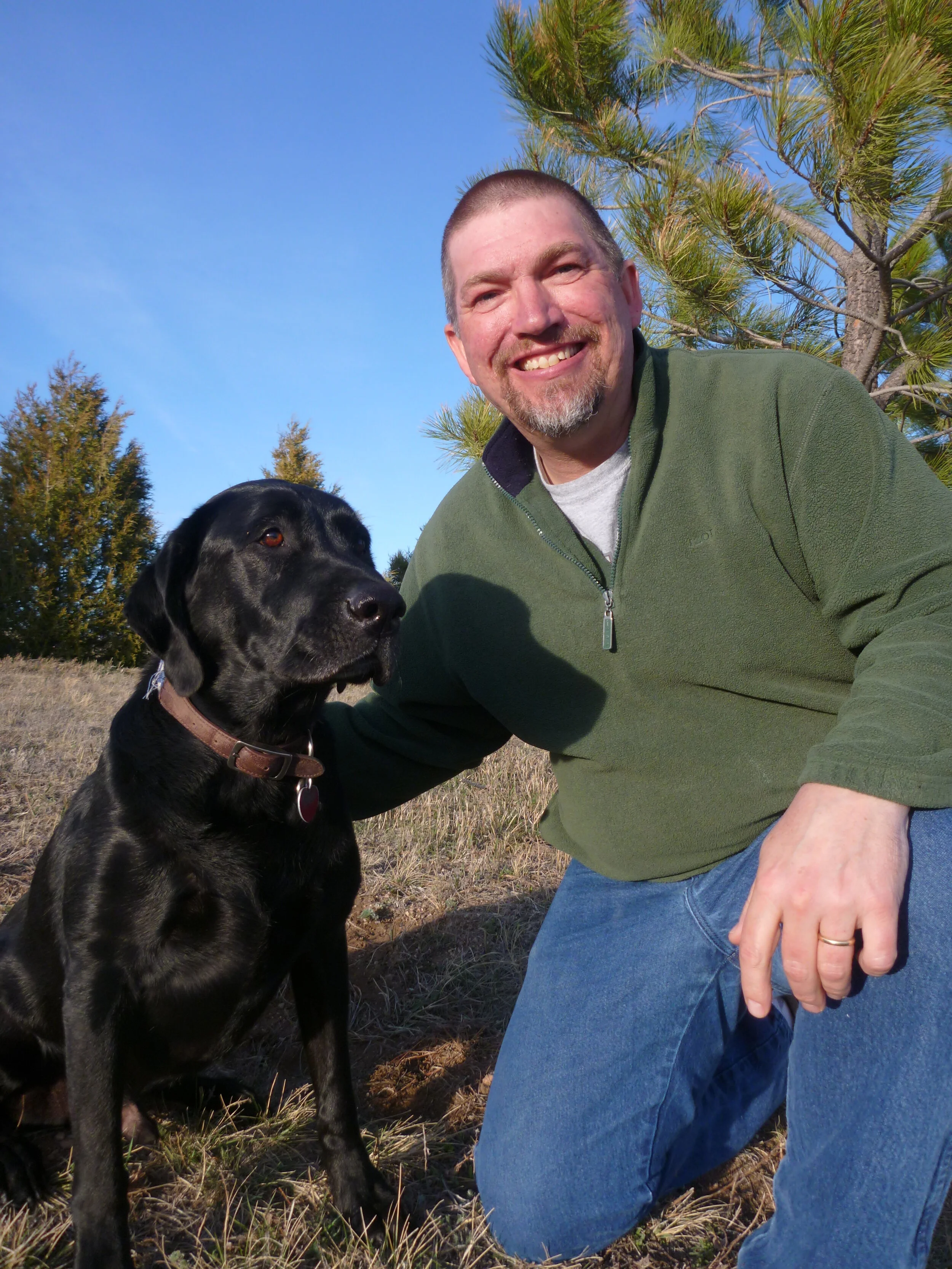Application of the Wyoming Stream Quantification Tool on Savery Creek, Wyoming
Paul Dey
Wyoming Game and Fish Department
Cheyenne, WY
Authors: Paul Dey and Mark Blakely
The Wyoming Stream Quantification Tool (WSQT) was published in July 2018 following development by the United States Army Corps of Engineers-Wyoming Regulatory Office, and an Interagency Review Team assisted by Will Harmon of Stream Mechanics. The WSQT is a spreadsheet calculator that quantifies functional lift or loss of aquatic resources between existing and expected conditions for proposed restoration or impact activities. The WSQT can also be used to determine restoration potential, develop monitoring criteria, and assist in other aspects of project planning. During summer 2019 and 2020, the WSQT was applied on Savery Creek in south-central Wyoming to compare and illustrate potential improvements offered among stream restoration designs for four adjacent reaches. Pre-and post-construction scores were generated. The authors were also interested in understanding the level of effort required to apply the tool.
Restoration approaches varied across reaches and these differences were reflected in SQT scores. The presentation provides an overview of the tool’s predictions for each of the restoration reaches and details results for specific metrics.
About Paul Dey
Paul Dey is a 27-year employee with the Wyoming Game and Fish Department where he serves as the Aquatic Habitat Program Manager. He spent his first 15 years with the Department studying relationships between flow and habitat on streams across Wyoming and filing for instream flow water rights. He has spent the last 12 years leading the Aquatic Habitat Program in protecting and restoring water, watersheds, and stream channels. Paul serves on the Wyoming stream and wetland mitigation banking Interagency Review Team and assisted in developing the Wyoming Stream Quantification tool. Paul received a BS degree from Michigan Technological University in Biology and an MS degree in Stream Ecology from Idaho State University.

